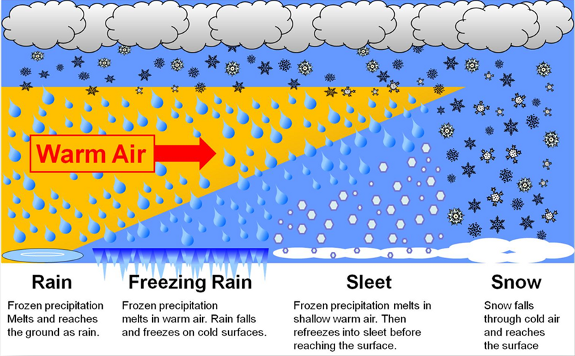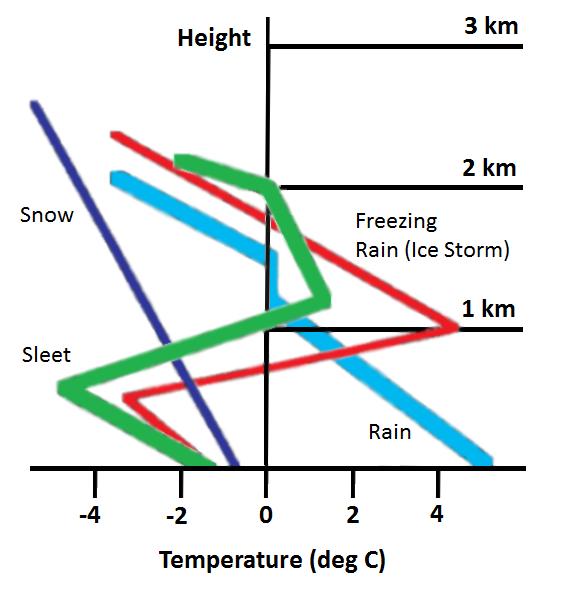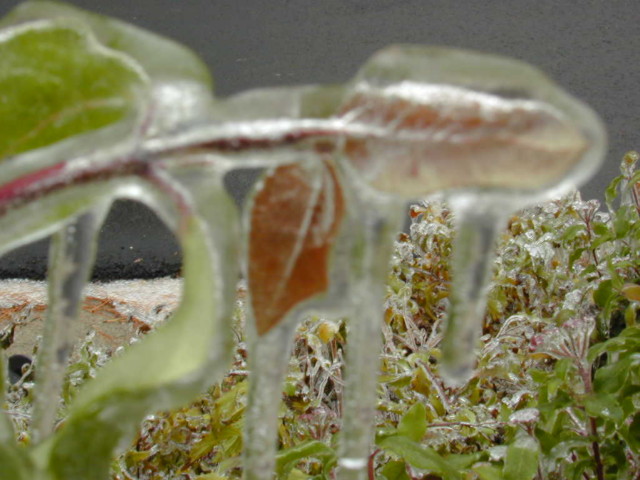Time is almost up to make comments on Nestle’s proposed withdrawal increase at their production facility in Evart, Osceola County, Michigan!
This increase is unprecedented and unnecessary. CACC opposes the approval of this permit by MDEQ.
Here are some talking points, as compiled by Michigan Citizens for Water Conservation. Copy and paste into your letter if you want. You can rework, rephrase, or not. Just get some comments in!
Talking Points
1. Nestle has already taken more than 4 billion gallons of groundwater from Evart, and in anyone’s book – 4 billion gallons is not reasonable use of this aquifer.
2. Swiss multi-billion dollar corporation, Nestle’, is expanding the Ice Mountain bottling plant in Stanwood, Michigan to add 80,000 square feet of production space for $36 million. Nestle’ says the expansion is due to the “expansion of consumer demand for bottled water”. Nestle’ is “excited to grow in the area and provide additional support back to the community.” The expansion will add 20 new jobs at the Stanwood bottling plant.
MCWC believes the demand for bottled water is increasing due to the Flint water crisis, water shut offs in Detroit, and a heightened knowledge of contaminated water in our state and around the country because of aging infrastructure, and many manufacturing and oil/gas corporations are using poor practices and not keeping local groundwater and surface water safe. Creating 20 local minimum-wage jobs is not equal to Nestle’ taking millions more gallons of OUR water. Nestle pays $200 annually for the water withdrawal permit, and has received “sweetheart deals” with this local community to withdraw water for pennies and a $13 million+ tax rebate. What it gives back to the community is VERY minimal (softball field, football field, fire department donation) compared to bottled water PROFIT.
3. The expansion on the White Pine Springs well, PW-101, drilled on May 3, 2001, will increase the withdrawal from the original permit of 150 gallons per minute (gpm) – to the current withdrawal (started in 2015) of 250 gpm to the maximum of 400 gpm. This is an increase of Michigan Citizens for Water Conservation 576,000 gallons per day (210 million gallons per year). There are no limits (# of years) on when they will STOP “taking” the water. Chippewa Creek and Twin Creek flow into the Muskegon River Watershed, a major tributary to Lake Michigan. This increase of withdrawal will create a 240 gpm slow down in the Muskegon River. The DEQ must take into account that another company, Michigan Potash Co. LLC, is attempting to site a large potash solution-mining operation approx. 8 miles west of Production Well PW-101, on the opposite side of the Muskegon River. That project is slated to consume several times as much fresh water as Nestle’s operation and will result in significant further reduction of water entering the Muskegon River system.
4. Upon observation and talking with local folks in Evart, this withdrawal has already lowered the surface level of Chippewa Creek. Local citizens have reported no trout are in these coldwater trout tributaries (Chippewa and Twin Creeks). Nestle paid the company, Golder Associates from Lansing, to make sure that the withdrawal is “sustainable”. The Water Assessment Tool indicated that the withdrawal WAS NOT sustainable, and thus they used an “on site” inspection. The crucial data needed to evaluate these industry evaluations has not been supplied by the DEQ – as attachments of the Application. Therefore citizens do not yet have the information needed to fully evaluate this permit.
5. PW-101 is one of four withdrawing water wells in Evart, with 3 wells that also draw from the Twin and Chippewa Creeks that flow to the village of Evart’s municipal water system. PW101 is located southwest of the intersection of 9 Mile Road and 100th Avenue in Osceola Township, Osceola County (just northwest of the town of Evart). The water is loaded on tankers and trucked to the Ice Mountain bottling facility in Stanwood. An additional well in Morton Township, Mecosta County also “takes” 218 gpm, which is transferred via pipeline to Stanwood.
6. MCWC fought against Nestle’ in a lawsuit from 2001 to 2008 over the withdrawal at the Morton Township site in Mecosta County. The outcome of this lawsuit netted a reduced withdrawal from 400 gpm to 218 gpm average (225 in winter and 125 in summer). Now Nestle’ is asking to expand 20 miles up the road and requesting to increase withdrawal from the Chippewa Creek aquifer to 400 gpm. MCWC feels this is counter-productive to the lawsuit that was already decided, up to the Supreme Court of Michigan.
7. The Great Lakes Compact in 2008 allows diversions from the Great Lakes in containers of 5.7 gallons or less. It doesn’t really matter how big the containers are, it is still a DIVERSION – taking OUR water for pennies, to fill the coffers of a multi-billion $$ foreign corporation. Nestle’ CEO, Peter Brabeck has said, “Access to water should not be a public right.” Nestle’ has had many difficulties in other states and countries with their business practices. Nestle is currently withdrawing water on an expired contract in Ontario, near Guelph/Elora. This water is coming from a watershed that feeds into Lake Huron. Also, please remember that although Nestle’ says their water stays in Michigan and the Midwest, reports indicate that Ice Mountain is sold worldwide.
When you write, be sure to reference the well as Production Well PW-101, White Pine Springs Site, Osceola Co. both in your letter and in the subject line of your email.
Many people are also asking for multiple Public Hearings in Michigan. Specifically for Public Hearings in Evart, Detroit, Flint, Muskegon, and Traverse City.
EMAIL COMMENT to: Carrie Monosmith deq-eh@michigan.gov
For a ton of information to help fill your letter out, go here.
The executive summary and application information package can be viewed at www.michigan.gov/documents/deq/odwma-nestleapplicationpackage72016_540428_7.pdf. Comments received by March 3, 2017 will be considered in the decision prior to final action.
Happy writing!



